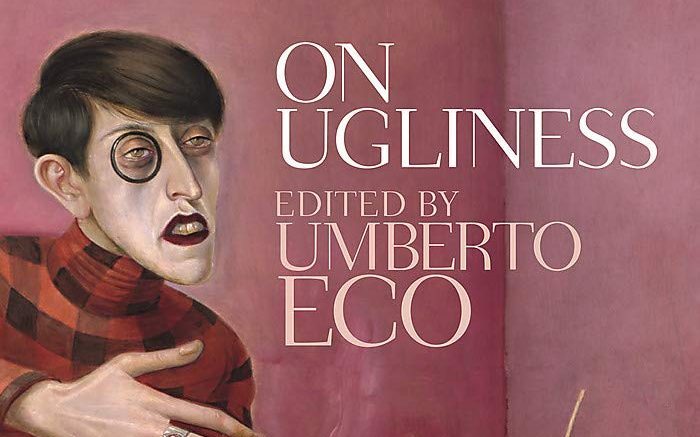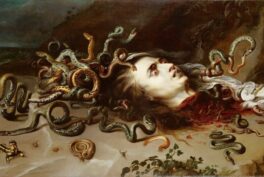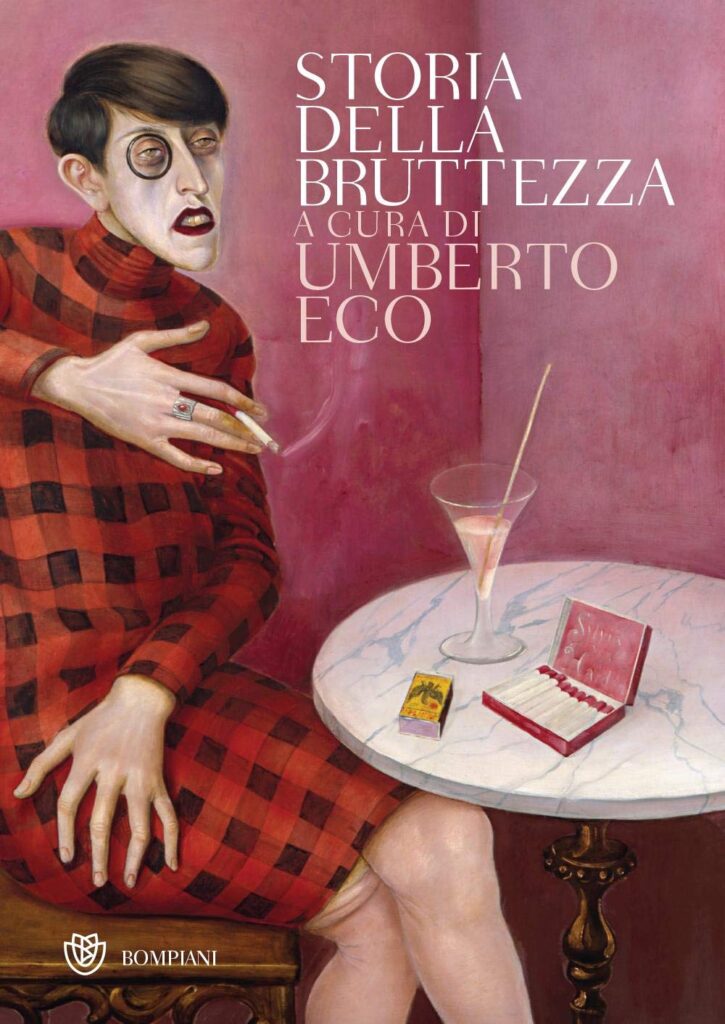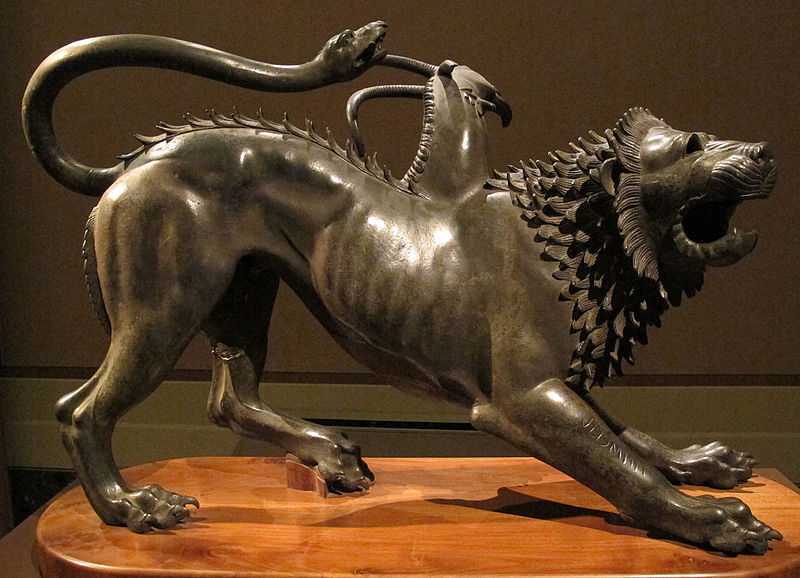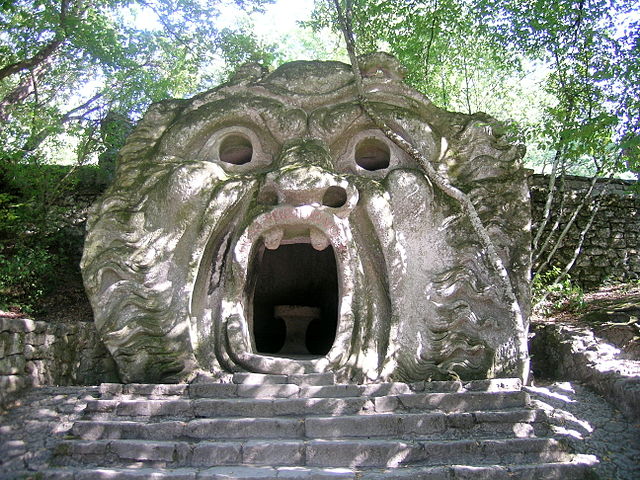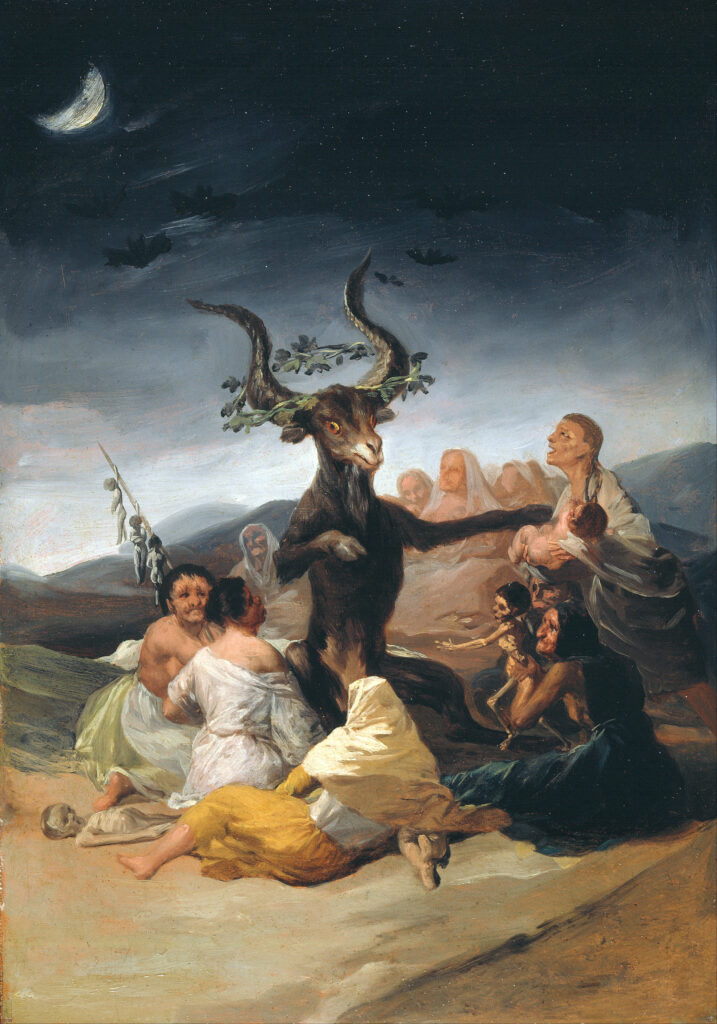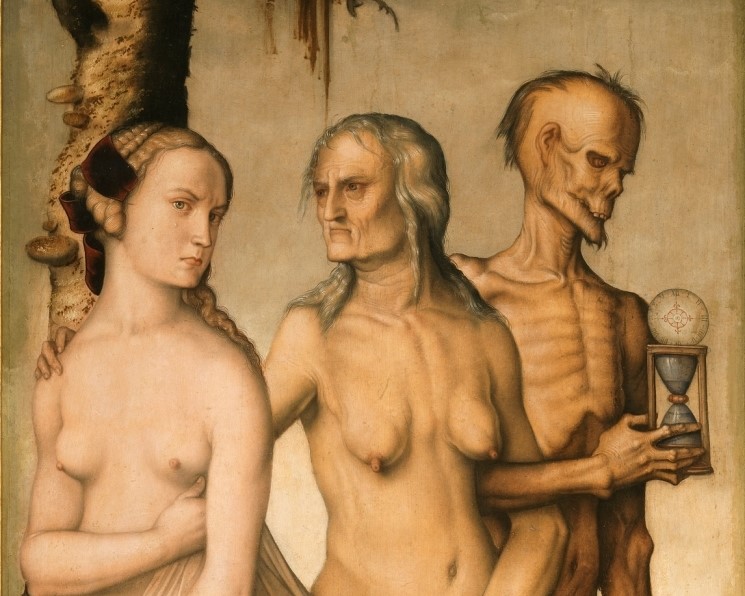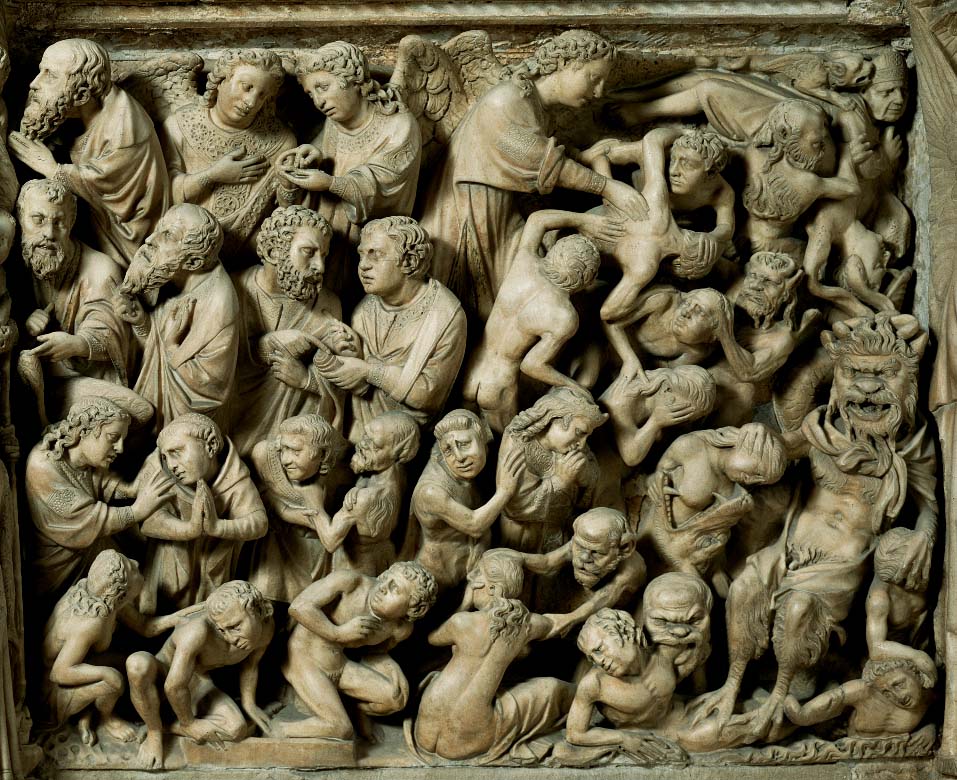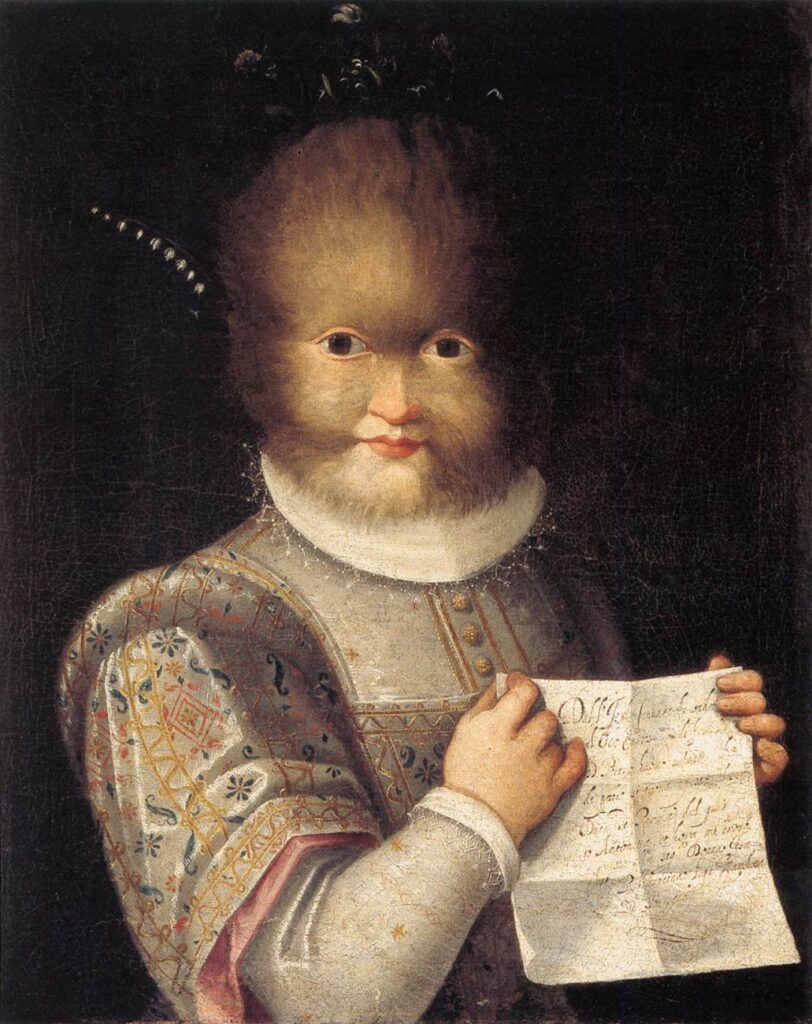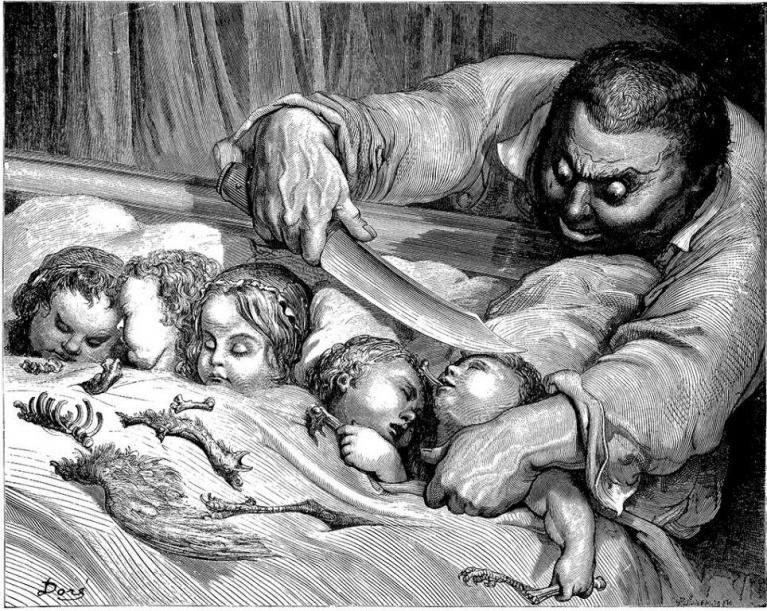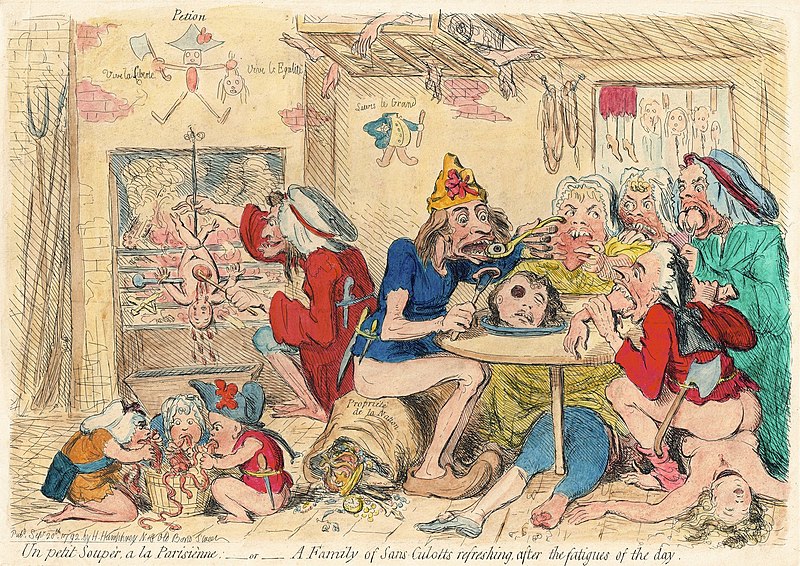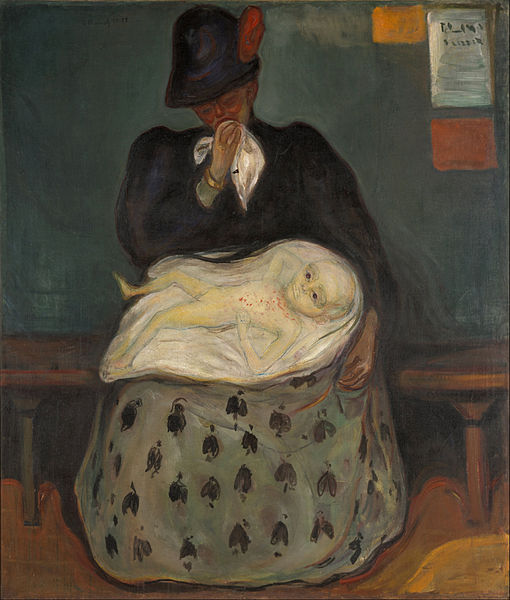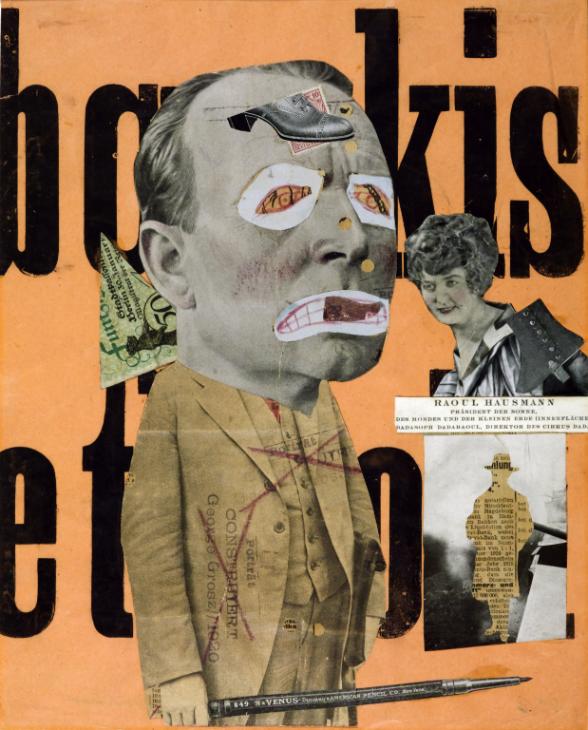On Ugliness begins with an insightful, engaging introduction. Each era had its own idea of what was beautiful – the same goes for what was ugly. There has always been a place for both in the figurative arts, while many philosophers and writers pondered mostly the idea of beauty. They did not consider its “counterpart” as much. Was ugliness then just the opposite of beauty?
The first connection between what is horrid aesthetically and evil was only made in 1853, by the German philosopher Karl Rosenkranz. This is when ugliness detached from beauty a little and became more autonomous. In this sense, it acquired more value, a sort of richness of meaning, rather than a mere negation of symmetry, balance, and harmony.
In his incipit, Eco stipulates that there are two main types of ugly: a formal one (like a piece of art that one could find badly executed) and the ugly in itself (like… Poo). Ugliness, however, has been portrayed throughout the centuries by artists via every sort of media and register of images. So here comes a third type of ugly: the artistic representation of both formal and ugly in itself.
Our insightful author also mentions Bonaventura from Bagnoregio, a 13th-century cardinal and philosopher who said that the devil could be beautiful, if well represented, in all his ugliness. To this statement, Eco counters that any regular 13th-century church-goer would probably have disagreed. Such a sight would most likely have been the cause of terror and anguish, rather than marvel at the artist’s visual achievement.
Then the writer urges the reader to be mindful of such subjectivity and variability of perception of ugliness, as they embark on this journey through the deformed, swollen, and appalling faces of the Western World.
As Eco says in his essay On Ugliness, the perception of the ugly, the uncanny, the oddity is subjective. Should this article entice you to read the book, you might find it not at all shocking, neither horrifying. Perhaps I am a bit delicate, but there are some scenes, whether painted, drawn, carved, or described on paper, that I found hard to digest.
Starting from Chapter I, “Ugliness in the Classical World”, all the way to Chapter XV, “Ugliness Today”, the book provides the reader with precise timelines and thematic groupings: monsters and deformations, physiognomic fixations, dissections, infernal moats, tempting devils, bloody saints, the grotesque and the ridiculous, ugliness of gender, sick and miserable people, soulless industrial panoramas, racial satire, and more.
Now, after having described the contents from a personal angle and showcased a selection of images (although all featured in Eco’s book), I feel I must strike a blow in favor of this splendidly revolting anthology. I thoroughly enjoyed On Ugliness’ narration and its extensive bibliography, matching each chapter’s theme and timeframe. Beauty’s infamous peer is interpreted far and wide. Ugliness’ history and the cultural shifts that caused it to acquire, lose, and then reclaim different characteristics in art and literature alike, are offered to the reader with clarity of purpose and objectivity.
Normally I don’t shy away from what is awkward and uncomfortable. It is a different story for what is disturbing and scary, I get all impressionable. Watching through my fingers is standard procedure when a horror movie is on and even so, I have nightmares for days. Hence, the reading of this anthology left me with a mixed bag of feelings.
Tour Guide Conclusive Analogy
Never mind my delicate stomach, this book delivers what it promises on its cover. Umberto Eco guides us on this disturbing journey as Virgil guided Dante. I won’t dare compare myself to the supreme medieval poet (although we are both very suggestible…). This author, however, makes a great Virgil, without any ifs, ands, or buts.
